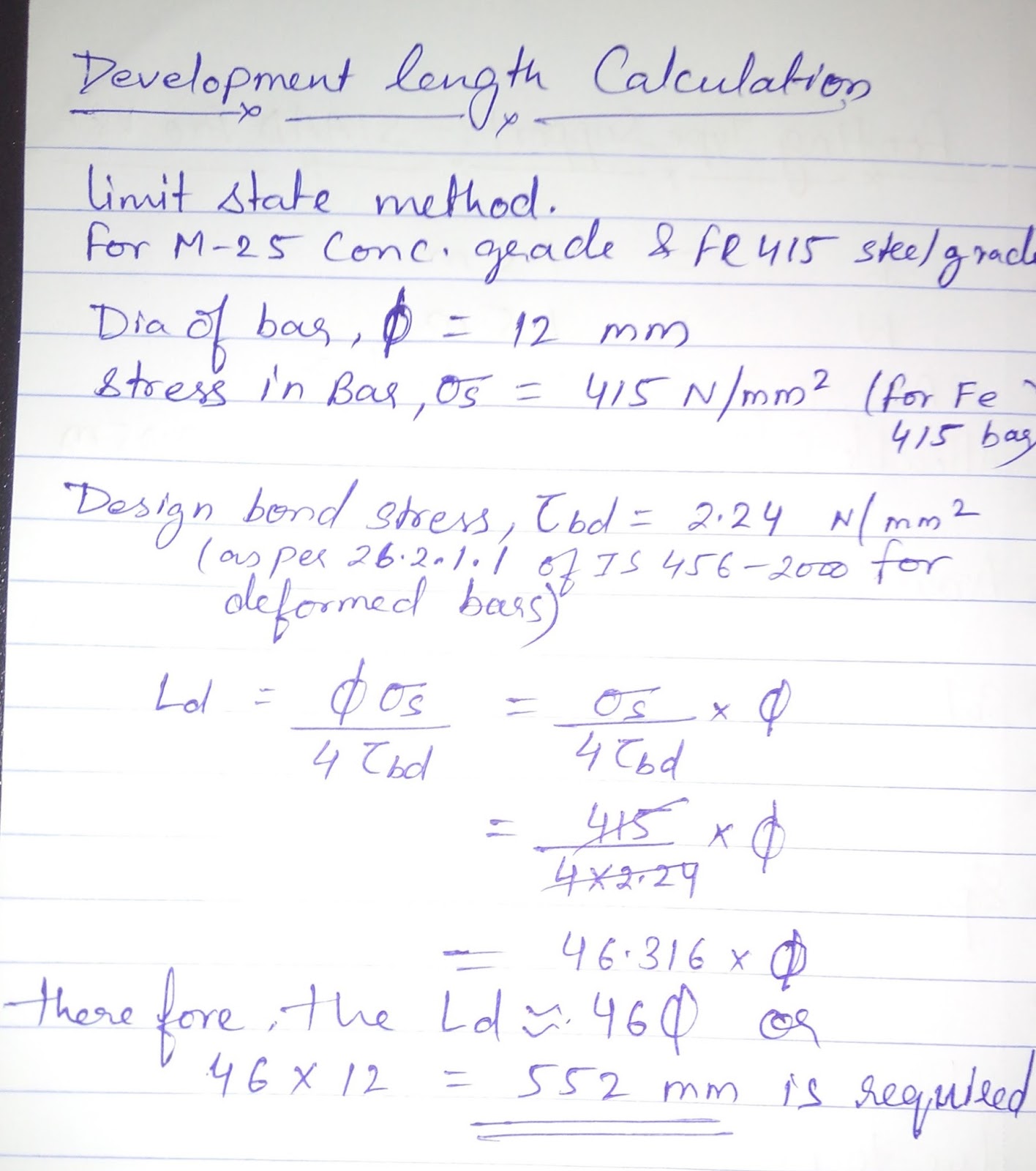

This study builds on the earlier building material intensity (MI) databases by others 4, 5, 6, 7, 8, 9. This work presents a novel level of data disaggregation facilitating the study of where in buildings and for what purposes materials are used. This research draws on construction management-based data organization and material takeoff methods to present a novel dataset and data structure for building material use research. Further, there has historically been little overlap between industrial ecology and engineering project management research leaving a disconnect between those with construction records and expertise, and those most interested in material stocks and flows. While in theory detailed information is available for each constructed building in the form of design drawings, quantity takeoffs and construction records recording material use is generally not a priority in an industry pressed by the competing challenges of cost and speed. A key challenge to better understanding the resource cycle in the construction, maintenance and demolition of buildings is the paucity of data publicly available on building materials. To improve material efficiency, we need to better understand how and for what purposes material accumulates in our built environment. resource use and waste) must be reduced by a factor of four to ten to achieve sustainable development 3. The 20 th century saw a rapid increase in material stocks accumulated in buildings and infrastructure 2, a trend projected to accelerate through the 21 st century. The rapid urbanization of our world is a resource intensive process that has resulted in the irreversible, unsustainable transfer of material from nature into our anthropogenic stock 1. This paper presents a novel dataset and data structure to facilitate study of resource use in building design and construction.

The data structure supports investigation into how form and building design are driving material use, opportunities to reduce construction material consumption and better understanding of how materials are used in buildings. The ontology is based on UniFormat and MasterFormat to facilitate interoperability with existing construction management practices, and to suggest a standardized structure for future material intensity studies. The dataset was developed by collecting design or construction drawings for the studied buildings and performing material takeoffs based on these drawings. Second, the dataset included provides fine grained material data for 70 buildings in North America. First, we propose and demonstrate a building material data structure adapted from UniFormat and MasterFormat, two widely used construction classification systems in North America. However, the study of building material use and associated impacts is challenged by the paucity of publicly available data in the field and the heterogeneity of data organization and classification between published studies. The building sector is a voracious consumer of primary materials.


 0 kommentar(er)
0 kommentar(er)
